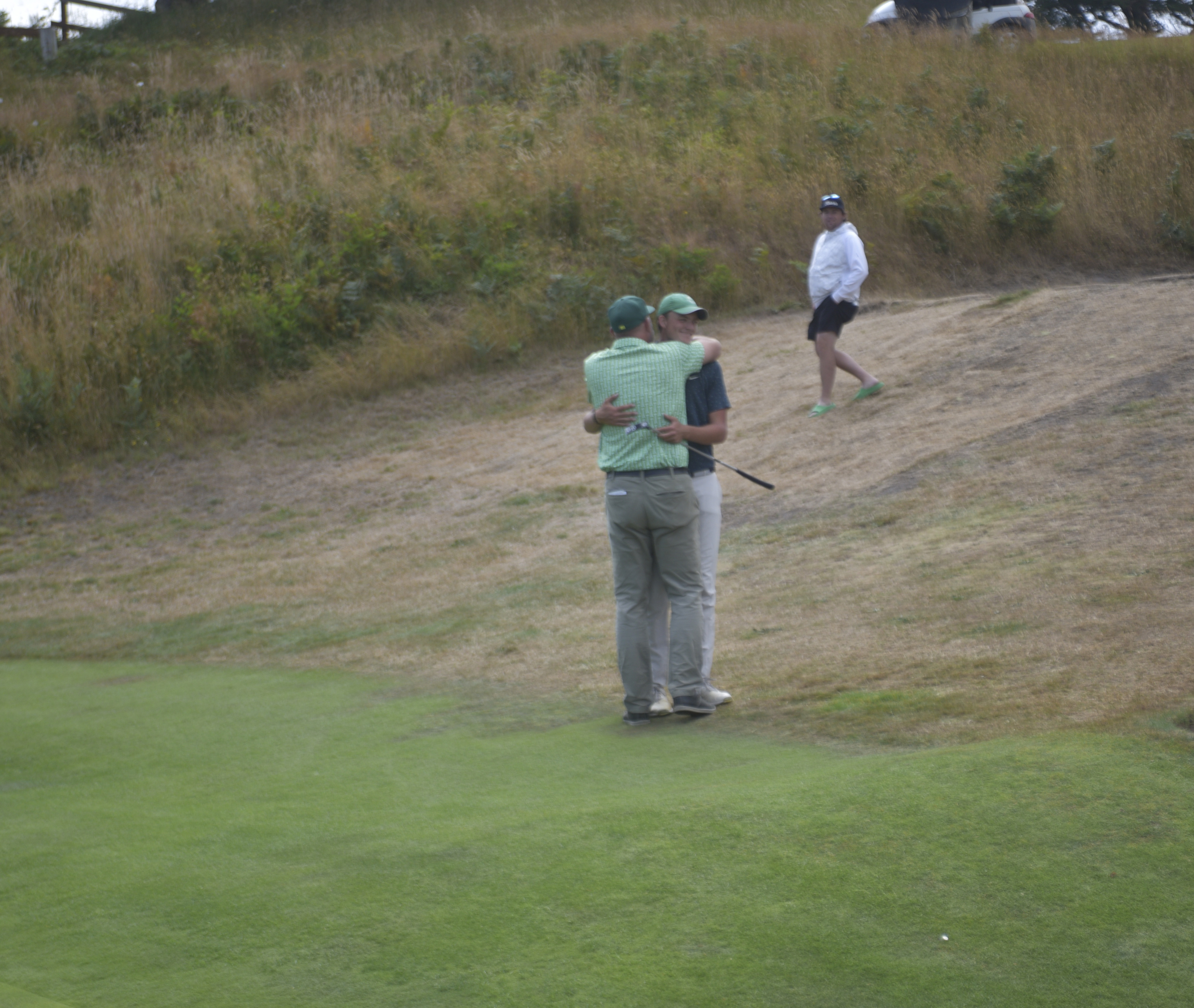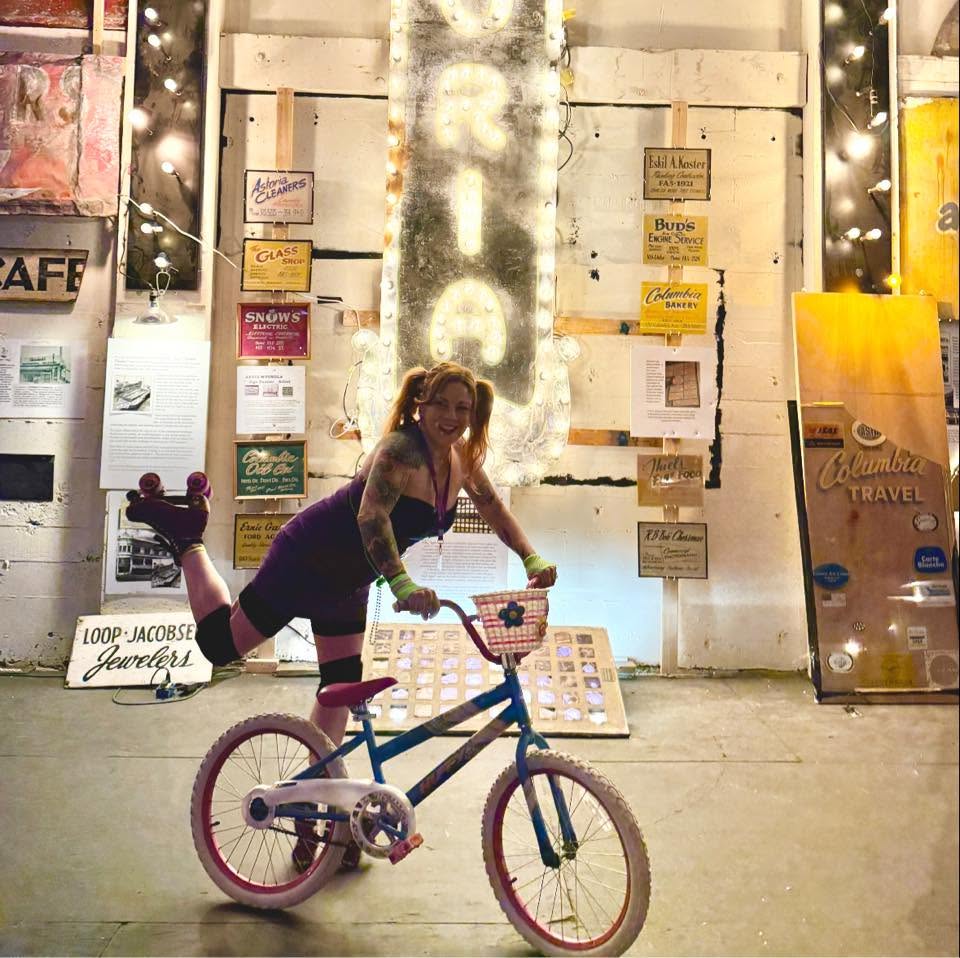Then and Now: Astors reach out to Astoria
Published 5:00 pm Wednesday, August 3, 2011
The name Astor has carried an aura of wealth ever since 1800, when immigrant John Jacob Astor became America’s first millionaire.
Trending
When the family split in 1890, the branch moving to England soon gained the status of nobility with an increasing number of male offspring earning notice in public service.
In New York, the prominence of the family name faded when William Vincent Astor died childless in 1959.
Both branches of the Astor family discarded the miserly practices of the original John Jacob seven generations ago, for they have distributed their wealth with generosity on both sides of the Atlantic. In fact, because of their support of charities and enormous taxes paid to both U.S. and British governments, the Astor family is no longer among the world’s richest, though as one member expressed it, “We are comfortable.” This to most of us, I’m sure, would seem a vast understatement.
Trending
Both branches of the family are aware of Astoria. They realize the significance of their forefather’s contribution to the nation when the fur trading post he established entered history as the first permanent American settlement west of the Rockies.
The Astor family’s cumulative giving to Astoria over the past 100 years is remarkable. It is doubtful that any other family has made gifts of such sustained magnitude for Astoria’s benefit.
The first recorded contact with the Astors came in 1911 when Astoria was planning a big centennial celebration. Among the nationally famous names on the guest list was that of John Jacob Astor IV, great-grandson of Astoria’s founder.
At first John Jacob IV accepted the invitation, but later sent regrets.
Now in reading the family history, I observe that was the time when Astor had married his second wife and was setting out on a European honeymoon. However, his letter graciously expressed his good wishes for the success of the event and enclosed a check for $10,000 to help with expenses (More than $200,000 in today’s economy).
Eight months later (April 1912) John Jacob IV lost his life in the tragic sinking of the Titanic while returning from his honeymoon.
The next contact with Astoria by a member of the Astor family was in 1922. Just a week after the big fire which demolished much of downtown Astoria, a check for $5,000 came from the Astor office in New York. It was sent by William Vincent, the young son of the deceased John Jacob IV, then in charge of his father’s fortune. The check marked “fire relief” was accompanied by a letter expressing sympathy for the people of Astoria.
Two years later, the Astorian-Budget carried 3-inch headlines excitedly announcing that the Great Northern Railway Company and Vincent Astor of New York City were collaborating in the building of a “gigantic, $150,000 monument on Coxcomb Hill. This will commemorate the discovery of the Columbia River by Robert Gray, the exploration of the Pacific Northwest by Lewis and Clark and the funding of Astoria by John Jacob Astor.”
More than 150 public figures from across the nation came by special train to attend the dedication ceremonies on July 21, 1926, but Vincent Astor was not among them. A family member, Mrs. Richard Aldrich, represented the Astors.
In 1925, a new school building in Uppertown replaced the old Adair building. It was given the new name of John Jacob Astor School, thus completing the plan of giving a historical name to each Astoria school. A letter was sent to Vincent Astor telling him of this recognition of his family and that the city park surrounding the column on Coxcomb Hill henceforth would be known as the John Jacob Astor Memorial Park.
In 1932, when the Great Depression was depriving many worthy students of higher education, Lord Waldorf Astor of London, through contact with Gov. A.W. Norblad, whose hometown was Astoria, established a trust fund of $5,000. Interest was to be made available to worthy students of Clatsop County and administered in past by the Presbyterian Church. The fund provided welcome supplemental funds for almost 60 years.
In 1933, Astoria school children were trying to raise money for a silver plaque for the new Navy cruiser U.S.S. Astoria. Mayor J.C. Ten Brook wrote Vincent Astor telling of their endeavor. In reply Astor sent a check for $200 along with his best wishes for a successful launching. In 1935 the English Astors sent $2,000 to restore the frieze on the Astoria Column.
Next week: Astors visit from London for Astoria’s sesquicentennial.









